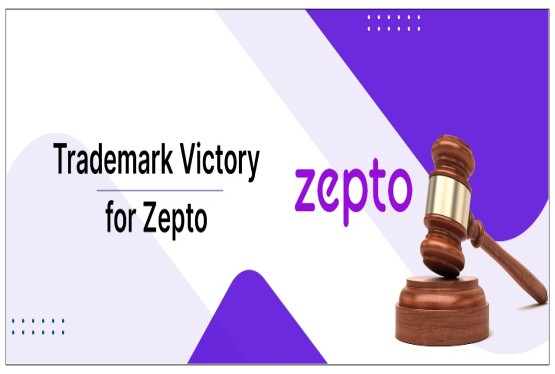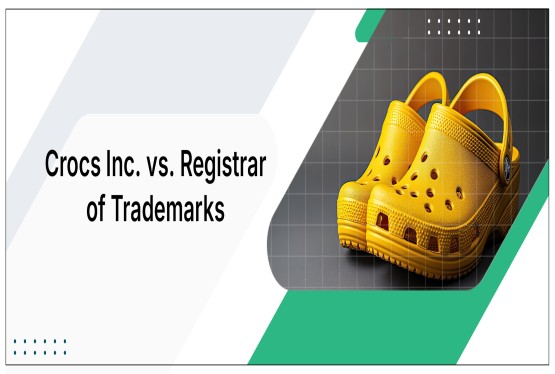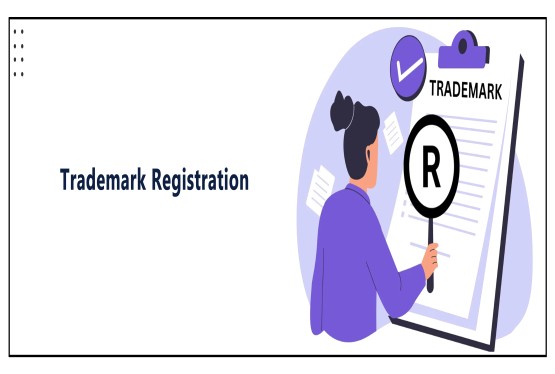Intellectual Property Rights give your brand, logo, design, or moto a safeguard and security shield in entrepreneurship, business and on growing competition in the country. Moreover, these IPR rights are beneficial for your business and brand reputation.
You must have heard about trademarks, patents, copyright as common intellectual property rights. But have you heard about Trade Dress as an intellectual property? If not, read this article by Compliance Calendar to know everything you need to know about the concept of Trade Dress. You can read more articles on Trademarks here.
What is Trade Dress?
Trade Dress is a kind of Intellectual Property Right that safeguards the unique design, appearance, and packaging of a product. Further, it also includes the colour scheme, pattern and anything relating to the appearance of the product.
Trade dress is often protected to distinguish our product from that of the others in the eyes of customers and consumers. Moreover, the concept of trade dress was introduced to make the products unique and distinctive, so that no other competitor can copy the original design and betray the public or profit from someone else’s reputation.
Trade Marks Act And Trade Dress
The definiton and concept of Trade Dress is not mentioned in Trade Marks Act, 1999.
I. Section 2 (zb), a "trademark" refers to a symbol that can be shown visually and helps to distinguish one company's goods or services from another's.
II. Section 2(m) defines "Mark" as something that can be a logo, brand, title, label, name, signature, word, letter, numeral, shape of goods, packaging, or a combination of colors, among other things.
III. Section 2(q) defines "Package" to include any kind of case, box, container, covering, folder, receptacle, vessel, casket, bottle, wrapper, label, band, ticket, reel, frame, capsule, cap, lid, stopper, or cork.
When you read these three definitions together, they are often used to describe what we call a "Trade Dress."
In the case of Skechers USA Inc & Others v. Pure Play Sports, the Delhi High Court issued an order preventing Pure Play Sports from using specific features in their footwear. The court found that these features were misleading and could cause confusion among consumers who were not aware that these two brands were separate entities.
In such cases, courts typically do not rely solely on evidence of actual confusion. Instead, they analyze the potential of the features to be deceptive and cause confusion in the minds of consumers. The concern is that such confusion could provide an unfair advantage to one party over the other. Therefore, the court's decision is based on the likelihood of confusion and the potential for unfair competition rather than relying on proven instances of consumer confusion. To have a smooth process of trade dress registration, it is always advised to seek help from a professional trademark attorney in India.
Trade Dress Protection in India
In India, the Trade Marks Act of 1999 governs the protection of trade dress. Trade dress, as defined by the Act, refers to the overall look and presentation of a product or its packaging. To qualify for legal protection, the trade dress must be distinctive and capable of distinguishing one company's goods or services from another's.
To secure protection for their trade dress in India, individuals or companies need to register it with the Trade Marks Office of the Indian Intellectual Property Office. Once registered, the trade dress is protected for 10 years, and this protection can be renewed after that. This legal process ensures that the unique and distinctive visual aspects associated with a product, or its packaging are safeguarded, preventing unauthorized use by others.
Moreover, the Trade Marks Act of 1999 outlines the extent of trade dress protection. According to this law, legal protection is granted to trade dress that is unique and can differentiate one person's goods or services from another's. In other words, trade dress must stand out and not merely describe the associated goods or services. Additionally, it should not serve a functional or essential purpose for the use of the goods or services it is linked to. Meeting these criteria allows trade dress to be safeguarded under Indian law.
Difference between a Trademark and Trade Dress
A trademark is like a special name, symbol, or design that a company uses to tell people where a product or service comes from. It can be a word, a logo, or something else that makes it easily recognizable.
On the other hand, trade dress is more about the overall look of a product or its packaging. It includes things like the design, shape, color, or how the product is packaged and presented.
So, in simple words, a trademark is a specific identifier, like a brand name or logo, while trade dress is about the overall appearance and packaging of a product.
In the case of Pidilite Industries Limited v/s Poma-Ex Products and Ors on 2 August 2017, the defendant was accused of dishonestly using a part of the plaintiff's trademark, 'KWIK.' The defendant was using the trademark 'KWIKHEAL,' and their product packaging closely resembled the plaintiff's product, FEVIKWIK.
The Bombay High Court ruled that the defendant could not use the 'KWIK' mark, as it was a significant part of the plaintiff's trademark. The court emphasized that the phonetic similarity between the two marks could easily mislead and deceive customers. The term 'KWIK' was deemed an essential element of the plaintiff's trademark, and the court issued an injunction, preventing the defendant from using it.
Concluding Remarks
The main reason for protecting trade dresses is to stop fake products and false connections that could harm the original creator. In today's competitive business world, companies often use strategies that might not always be fair or legal. The key issue here is uniqueness, distinct features help identify products.
Many people in India end up buying misrepresented or deceptive products because they aren't familiar with trustworthy brands that invest in research and quality. It's important for companies to use strategies to protect their products through trade dress. Do you always wanted to register your trade dress or trademark registration in India, but still confuse that how to do it? Contact us today for any assistance. Our IPR Attorneys will be glad to help you.






























_(b)_of_the_Trademark_Act,_1999_(1)_crop10_thumb.jpg)



_crop10_thumb.jpg)



























_crop10_thumb.jpg)
_crop10_thumb.jpg)






_crop10_thumb.jpg)








_crop10_thumb.jpg)



_crop10_thumb.jpg)





























_crop10_thumb.jpg)

















_crop10_thumb.jpg)






_crop10_thumb.jpg)












































































































































_crop10_thumb.jpg)




































_crop10_thumb.jpg)












_crop10_thumb.jpg)















































_crop10_thumb.jpg)
























































































